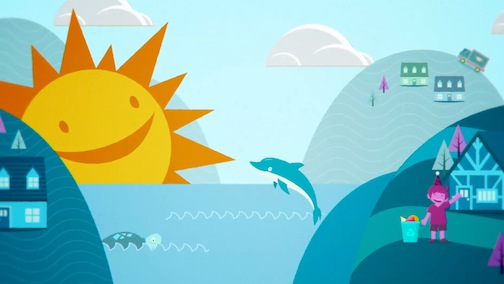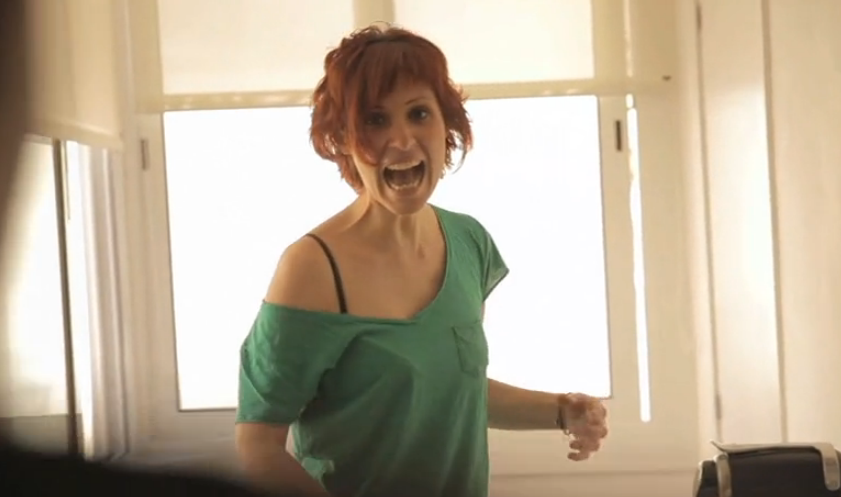Fragments of Humanity: Archaeology in Québec is the first major exhibition dedicated entirely to Québec archaeology. Some 350 significant pieces will be featured, celebrating 50 years of archaeological discovery in Québec.

The exhibition looks back at the events and ways of life behind fragments of humanity that, each in their own way, reveal various facets of our heritage. Taken out of the ground, these objects summon up stories and, when placed end-to-end, are invaluable material evidence that ultimately tells us about our history. Highlighting the richness and diversity of Québec’s archaeological collections, the exhibition is divided into four thematic sections relating to archaeology: ancient history or prehistoric archaeology, a land of trade and commerce, chronicles of daily life, and subaquatic archaeology.
Imagining: ancient history
The first part of the exhibition is dedicated to the era preceding the Europeans’ arrival on Québec land. Through archaeological discoveries, it has been possible to confirm that small groups of men and women had already trod upon Québec soil some 12,000 years ago. Without archaeology, this whole swath of Québec’s history would remain unknown and continue to elicit questions.
Discovering: a land of trade and commerce
The next section of the exhibition is devoted to trade between Europeans and Amerindians, and to commercial activities carried out on Québec land beginning in the 16th century. The Basques, Normans, Bretons, and French, drawn by such natural resources as marine mammals and cod, set up facilities along the banks of the St. Lawrence in order to exploit its assets. The artefacts found among the remains at dozens of archaeological sites also underscore the increasing number of trade areas and, starting in the 17th century, the development of local industries. Fishing tools, munitions, weaponry, coins, and other items of trade found on the sites of trading posts, forts, and the king’s stores are concrete examples of the meeting of peoples who socialized and mixed with each other in trade… or in competition.

Visitors are then invited to take a look at daily life in the 18th and 19th centuries, filling the void left by written documents. The theme is approached from three angles: food and the culinary arts, hygiene, and games and toys. An examination of found objects provides insight into our ancestors’ private lives, allowing us to consider changes in mindsets, practices, and styles. For example, while gatherings around the table among the upper-class in 18th century Québec City and 19th century Montréal are characterized by abundance, objects found in more modest milieus suggest a simpler diet in which soup was very popular!
Several hygiene items found among the remains—such as chamber pots, lice combs, shaving basins, and toothbrushes—indicate that the practice of “dry bathing” was quite widespread: the elite, while decked out in fine clothing, only gave a cursory cleaning to the visible parts of their bodies. A number of medicine jars, bottles of alcohol, mineral water, and milk of magnesia have also been found, and show that the preparation of home remedies was a common practice. Lastly, evidence of 19th century industrialization can clearly be seen in games and toys that have been found, mainly in more affluent areas.
Bringing to light: stories from the depths
Subaquatic archaeology is featured in this exhibition, with the remains from five shipwrecks on display: the Elizabeth and Mary, the Machault, the Auguste, the Empress of Ireland, and the Lady Sherbrooke. Interest in subaquatic archaeology resides in its ability to provide a snapshot of the moment of the wreck, thereby bringing to life tragic experiences, using a precise technique and recognized expertise to recover, stabilize, and preserve the meaning of submerged artefacts. These include arms and munitions, clothing and shoes, jewellery, and moving personal objects evoking the lives of men and women during the months spent on board.
Exclusive objects
Several objects in the exhibition are being presented to the public for the first time. Some have even been restored specifically for the exhibition, notably some earthenware jars found in the Basque sites on Petit-Mécatina Island on the Lower North Shore, and objects relating to Amerindian funeral rites. These include the offerings from the first Amerindian grave to be brought to light in Québec during the refurbishment of Champlain Boulevard, in Sillery, in 1966.
Without a doubt, the highlight of the exhibition is a dugout canoe made out of a single piece of wood, which was found in a lake in the Laurentians in the mid-1980s. Discovered by amateur divers, the 15th century dugout required special care to be properly preserved and to prevent it from deteriorating after having spent 500 years below the water’s surface. There are only about ten surviving prehistoric Amerindian dugout canoes in Québec, but none is in as fine a condition as that on display at Pointe-à-Callière.
Fragments of Humanity: Archaeology in Québec is an exhibition produced by Pointe-à-Callière, in collaboration with the Ministry of Culture and Communications. This exhibition is funded by the Government of Canada. The Museum also thanks its sponsors, the InterContinental Hotel and La Presse.
The exhibition will run until January 8th 2017
Source: Pointe-à-Callière [February 24, 2016]
















